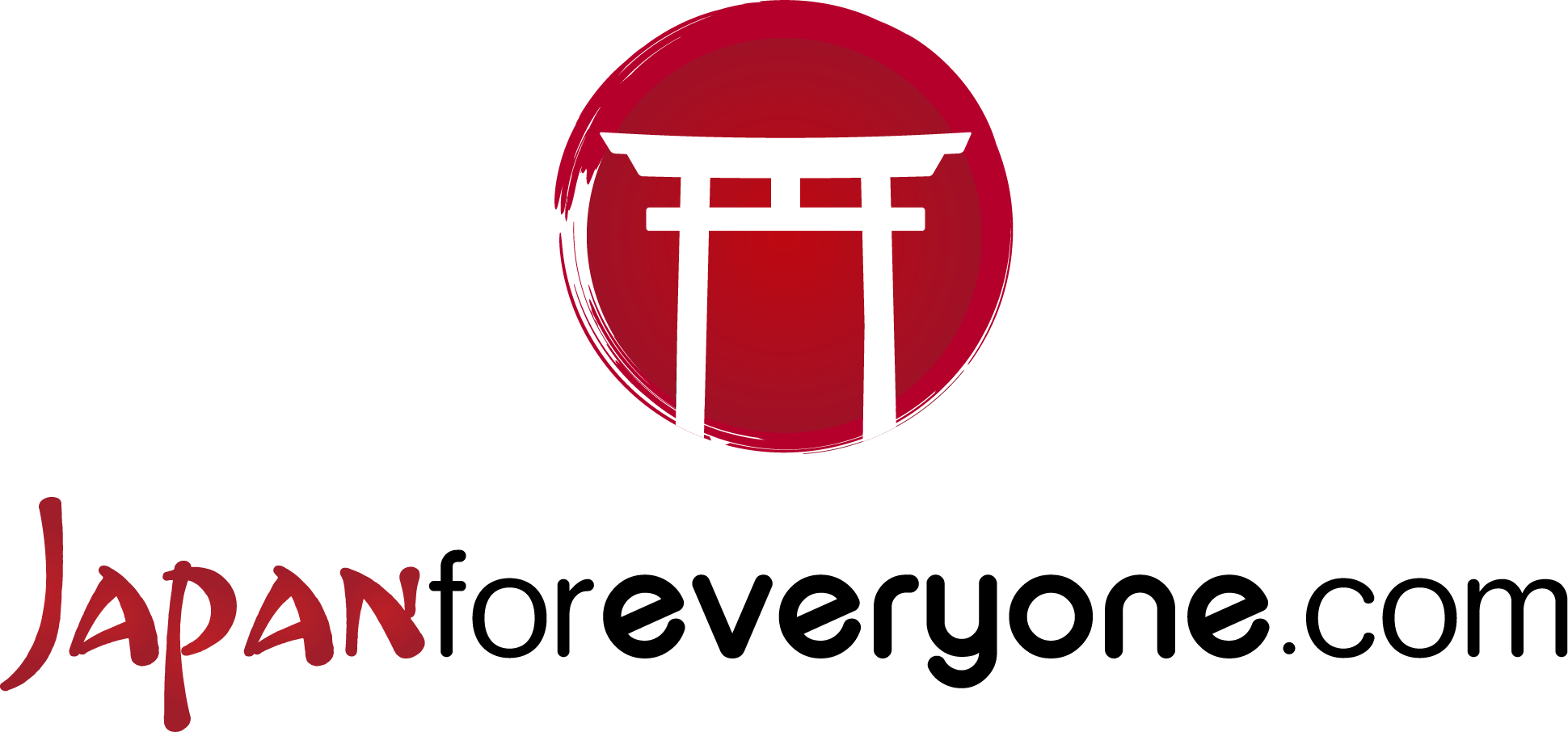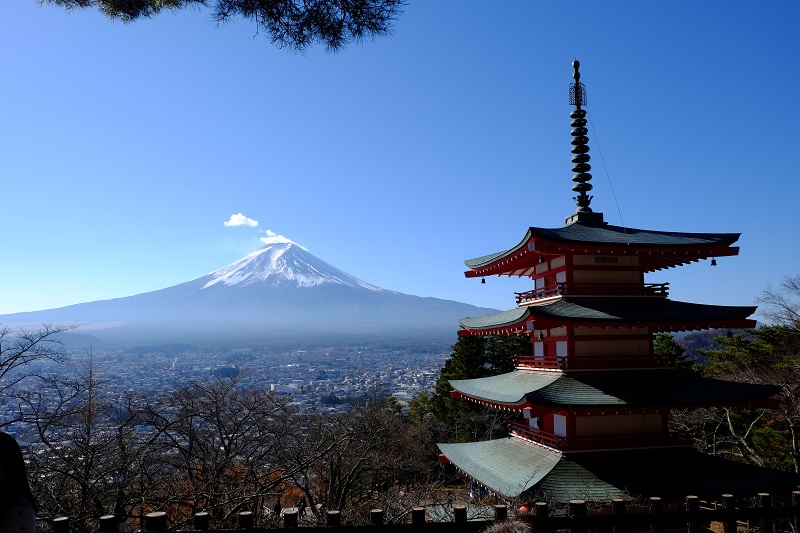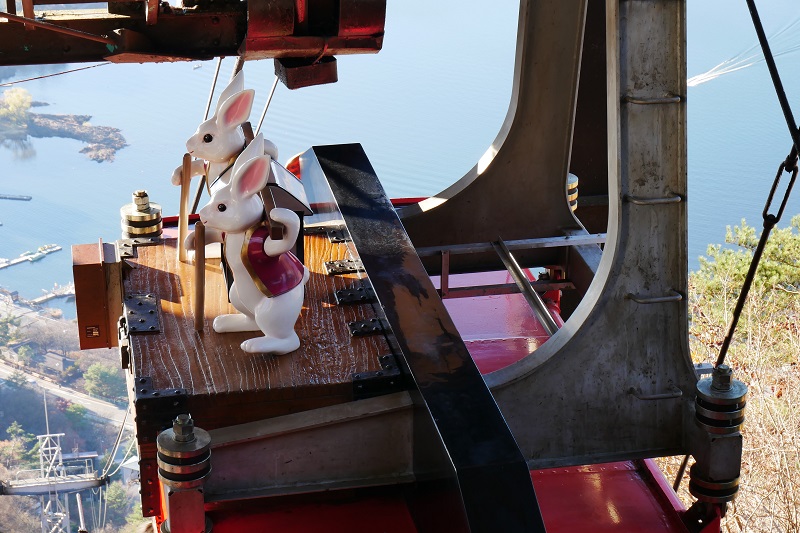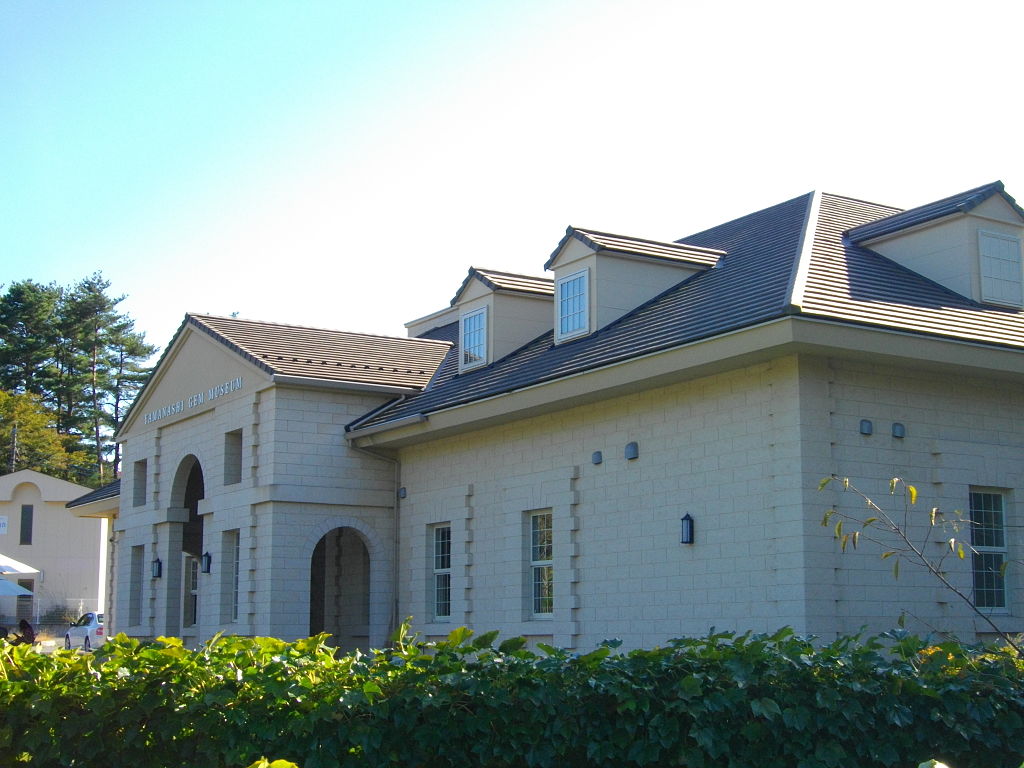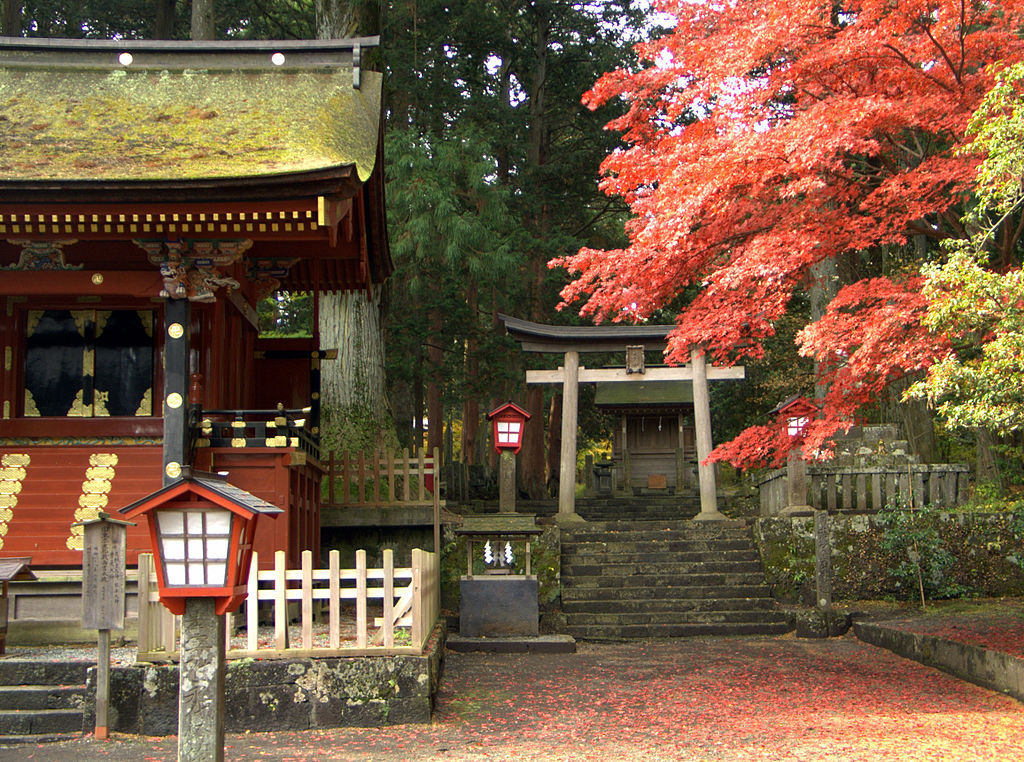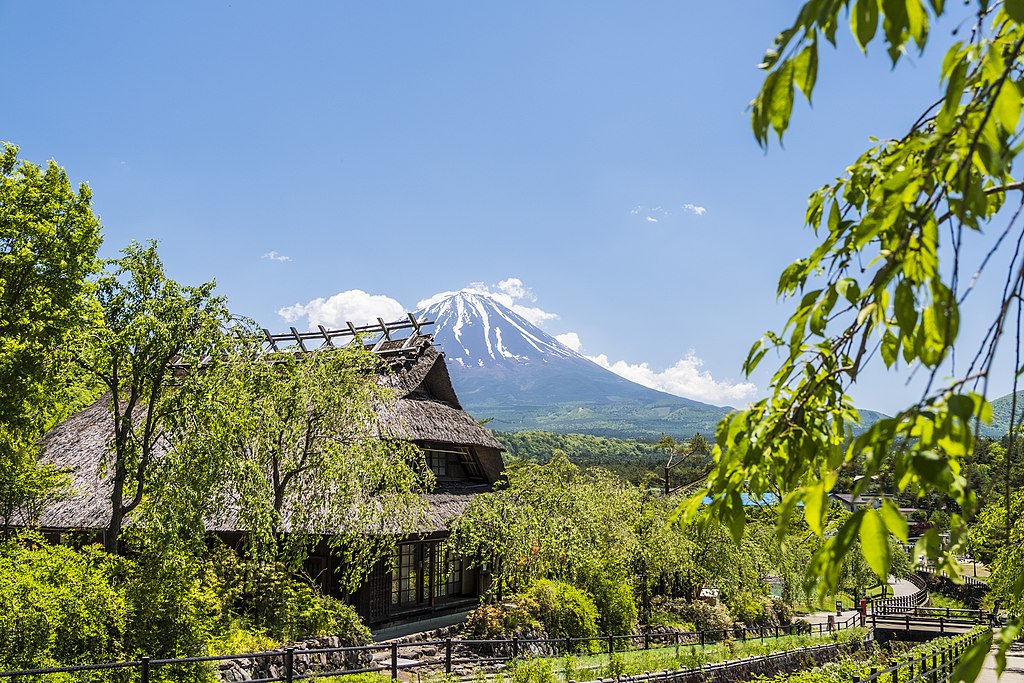What to do at the five lakes
The five lakes region is located at the northern base of Mount Fuji. The five lakes are: Kawaguchi, Saiko, Shoji, Motosu and Yamanaka.
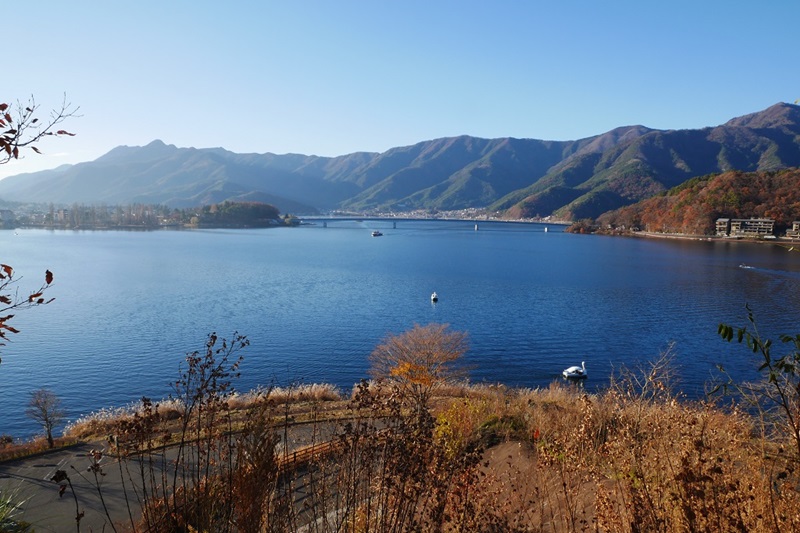
Photo by Japanforeveryone.com
How to get around
For visitors wishing to explore efficiently, Omni buses are often the most suitable means of transport. These vehicles strategically connect various destinations from Kawaguchiko station with three main operating lines: the red Kawaguchiko line travels along the eastern and northern edges of Lake Kawaguchiko every fifteen minutes, the green Saiko line travels hourly along the southern edge of Lake Kawaguchiko to Lake Saiko, and finally, the blue Narusawa Shojiko Motosuko line, with departures every 1-2 hours, facilitates access to Lakes Shojiko and Motosuko.
For those requiring movement in the extended area, including points of interest such as Kawaguchiko, Fujiyoshida, Oshino village and Lake Yamanakako, the Fujikko Bus is an advantageous choice, operating hourly.
In addition to the main tourist circuits, there is an extensive network of local buses to more isolated destinations such as Shojiko and Motosuko Lakes, Oshino, Lake Yamanakako and Gotemba. There is also a bus service connecting Kawaguchiko station with Mount Fuji’s fifth station on the Fuji Subaru Line.
To optimise expense and convenience, consider several pass options available for the Fuji Five Lakes area:
- Kawaguchiko Saiko Motosuko Bus Pass: Available for one (1500 Yen) or two days (2000 Yen), this pass covers the three Omni bus routes and other local routes around the four lakes. It can be purchased directly at Kawaguchiko station and, for the day pass, also on Omni buses.
- Fujiyoshida Oshino Yamanakako Bus Pass: Also offered for one (1500 Yen) or two days (2000 Yen), this pass is valid on the Fujikko Bus and other local lines. It can be purchased at several locations, including Fujisan Station and other nearby ticket offices.
- Fuji Hakone Pass: For 10,100 Yen, this pass is for foreign tourists for use on transportation in the Five Lakes Fuji region and the nearby Hakone area, including a round trip from Tokyo.
- Fuji Q Highland Plans: Special discounts are available for packages that combine access to the Fuji Q Highland amusement park with transport and sometimes accommodation.
- Fujisan Fujigoko Pass: Allows unlimited access to Fujikyu buses for two days, available in two formats: a full rail and bus pass (Yen 4700) and one limited to trains between Kawaguchiko and Shimoyoshida (Yen 3300).
These alternatives offer variable and convenient ways to explore the region extensively, maximising the travel experience in the picturesque Five Lakes area of Fuji and beyond.
Book your excursion on GetYourGuide.com
Chureito Pagoda
The Chureito Pagoda is an iconic attraction located in the city of Fujiyoshida, near Mount Fuji, Japan. This beautiful five-storey pagoda offers a spectacular panoramic view of Mount Fuji, framed by a striking red staircase and a sea of cherry trees in bloom during the Hanami season.
Many visitors head to the Chureito Pagoda at dawn or dusk to capture breathtaking shots. A short walk through the atmospheric Arakura Park allows visitors to reach this piece of history and admire the magnificent view of Mount Fuji, which will leave an indelible impression on anyone’s mind.
Photo by Japanforeveryone.com
Practical information
| View location on Google Maps | |
| Official website |
|
| Free | |
| 10 minutes’ walk north-west from Shimoyoshida station on the Fujikyu Railways line 10 minutes’ walk north-west from the Chuodo-Shimoyoshida highway bus stop |
Kubota Itchiku Art Museum
The Kubota Itchiku Art Museum is an exhibition facility located in the city of Fujiyoshida, Yamanashi Prefecture, Japan. The museum houses an extensive collection of works by Japanese artist Kubota Itchiku, famous for his work in the field of Tsujigahana dyeing technique. The museum houses numerous works on silk, including kimonos and decorative panels, reflecting the aesthetics and technique of this ancient art. The museum was opened in 2004 and since its first day has become an important site for the promotion of traditional Japanese art.
江戸村のとくぞう, CC BY-SA 4.0, via Wikimedia Commons
Practical information
| View location on Google Maps | |
| Official website |
|
| 9:30-17:30 (April to November) 10:00-16:30 (December to March) Last admission 30 minutes before closing |
|
| Tuesdays from December to September (excluding public holidays and the first Tuesday in January) 26-28 December |
|
| 1300 Yen | |
| From Kawaguchiko Station take the Retro bus on the Kawaguchiko Line and get off at the Kubota Itchiku Bijutsukan stop (25 minutes) |
Fuji Q Highland
Fuji Q Highland is a large amusement park located at the foot of Mount Fuji, Japan. The park is home to numerous attractions that cater to the interests of visitors of all ages, from high-speed roller coasters to rides inspired by cartoon characters. One of the park’s mammoth attractions is the ‘Eejanaika’ roller coaster, the roller coaster built with the most inversions in the world. The park also offers spectacular views of Mount Fuji and attracts millions of visitors from all over the world every year. Fuji Q Highland is a favourite place for adrenaline and fun enthusiasts.
Nayvik, CC BY-SA 3.0, via Wikimedia Commons
Practical information
| View location on Google Maps | |
| Official website |
|
| 9:00-17:00 (until 18:00 on weekends and public holidays) | |
| A few days during the year | |
| Free admission, then you pay between 400 and 2000 Yen for admission to individual attractions From 6000 Yen to 7800 (day pass for unlimited rides) |
|
| From Kawaguchiko or Fujisan station take the Fujikyu Railways train and get off at Fujikyu Highland (2 minutes) |
Mt.Fuji Panoramic Cable Car
The Mt.Fuji Panoramic Cable Car is a popular attraction located on Lake Kawaguchiko at the foot of Mount Fuji in Japan. This cable car offers a unique way to enjoy panoramic views of the area and admire the breathtaking scenery. During the ascent, visitors can experience spectacular views of the lake, the surrounding mountains and the majestic Mount Fuji. Once you reach the top, you can stroll along the scenic trails and take unforgettable photos.
Photo by Japanforeveryone.com
Practical information
| View location on Google Maps | |
| Official website |
|
| 9:00-17:00 (March to November) 9:30-16:30 (December to February) Departure every 5-10 minutes |
|
| No closing days | |
| 600 Yen (one way) 1000 Yen (round trip) |
|
| From Kawaguchiko Station take the Retro bus on the Kawaguchiko Line and get off at the Yuransen Ropeway Iriguchi stop (15 minutes) |
Kawaguchiko Art Museum
The Kawaguchiko Art Museum is an exceptional cultural destination located in the town of Fujikawaguchiko, at the foot of Mount Fuji, Japan. This museum houses an extensive collection of modern and contemporary art, with a focus on Japanese art. The museum galleries are spread over several floors and offer a variety of temporary and permanent exhibitions. In addition to the works, the museum also offers spaces for events and art workshops. It is an ideal place for art lovers who wish to immerse themselves in Japanese culture and aesthetics.
English: Abasaa日本語: あばさー, Public domain, via Wikimedia Commons
Practical information
| View location on Google Maps | |
| Official website |
|
| 9:30-17:00 (last entry at 16:30) | |
| Tuesday (open if Tuesday is a national holiday) New Year’s Day holiday |
|
| 800 Yen | |
| From Kawaguchiko Station take the Retro bus on the Kawaguchiko Line and get off at the Kawaguchiko Bijutsukan stop |
Kawaguchiko Music Forest
The Kawaguchiko Music Forest is a fascinating museum and theme park located in Kawaguchiko, at the foot of Mount Fuji, Japan. This enchanting place is dedicated to music and offers a myriad of music-related attractions. You can admire an extensive collection of musical instruments, attend live concerts and visit miniature opera houses. The park is set in a beautiful garden that provides a picturesque backdrop for enjoying the view of Mount Fuji.
Yamaguchi Yoshiaki, CC BY-SA 2.0, via Wikimedia Commons
Practical information
| View location on Google Maps | |
| Official website |
|
| 9:00-17:30 Ultimo ingresso 30 minuti prima della chiusura |
|
| No closing days | |
| 1800 Yen 2100 Yen (weekend e festività) |
|
| From Kawaguchiko Station take the Retro bus on the Kawaguchiko Line and get off at the Ukai orgel no Mori Bijutsukan stop |
Yamanashi Gem Museum
The Yamanashi Gem Museum is a hidden gem located in Yamanashi Prefecture, Japan. This museum is famous for its extraordinary collection of minerals and precious stones. Here, visitors can admire crystals, amethysts, rubies and many other rare and valuable gems. The museum also offers a variety of interactive exhibits that provide insight into the geology and origin of these incredible natural formations. It is a perfect place for mineral enthusiasts and those who wish to discover the beauty hidden beneath the Earth’s surface.
English: Abasaa日本語: あばさー, Public domain, via Wikimedia Commons
Practical information
| View location on Google Maps | |
| Official website |
|
| 9:00-17:30 (until 17:00 from November to February) | |
| Wednesday (open in July and August) | |
| 600 Yen | |
| From Kawaguchiko Station take the Retro bus on the Kawaguchiko Line and get off at the Yamanashi Hoseki Hakubutsukan stop |
Hotel Mifujien (Onsen)
This hotel is the only one among the ryokan and hotels along the north-eastern shore of Lake Kawaguchiko that opens its baths for guests not staying during the day. The views of Mount Fuji are quite beautiful.
Practical information
| View location on Google Maps | |
| Official website |
|
| 13:00-20:00 | |
| No closing days | |
| 1200 Yen | |
| From Kawaguchiko Station take the Retro bus on the Kawaguchiko Line and get off at the Azagawa Onsenga stop |
Kaiun no Yu (Onsen)
Kaiun no Yu is part of the Royal Hotel Kawaguchiko along the southern shore of the lake. The spa is open to outside guests, however, it is rather average and does not have views of Mount Fuji.
Practical information
| View location on Google Maps | |
| Official website |
|
| No closing days | |
| 1000 Yen for 2 hours | |
| From Kawaguchiko Station take the Retro bus on the Kawaguchiko Line and get off at the Yamanashi Hoseki Hakubutsukan stop (150 Yen) |
Fujiyama Onsen
Fujiyama Onsen is a renowned spa located at the foot of Mount Fuji, Japan. This fascinating spa offers visitors the opportunity to soak in hot thermal springs, known as onsens, and enjoy the healing benefits of the thermal waters. In addition to hot springs, Fujiyama Onsen also boasts luxurious baths and saunas, traditional spa treatments such as Kakeyu swimming and purification rituals. It is the ideal place to relax, rejuvenate and enjoy the peaceful surroundings while being pampered by the thermal waters.
Practical information
| View location on Google Maps | |
| Official website |
|
| 6:00-9:00 10:00-22:00 Last entry 30 minutes (morning) and 1 hour (evening) before closing time |
|
| No closing days | |
| 7000 Yen (mornings) 1500 Yen (weekdays excluding Saturdays) 1800 Yen (weekends) |
|
| From Kawaguchiko or Fujisan station take the Fujikyu Railways train and get off at Fujikyu Highland (2 minutes) |
Yurari (Onsen)
Yurari is a modern facility with several indoor and outdoor baths. The baths on the second floor have a beautiful view of Mount Fuji. Private baths with mountain views are also available (60 minutes, 2000 Yen).
Practical information
| View location on Google Maps | |
| Official website |
|
| 10:00-22:00 | |
| No closing days | |
| 1300 Yen 1500 Yen (weekends and holidays) 200 Yen less from 19:00 to 22:00 Towels are included in the price |
|
| From Kawakuchiko Station take the bus in the direction of Motosu and get off at the Fuji Midorino Kyukamura stop |
Benifuji no Yu
Benifuji no Yu offers its bathers some of the best views of Mount Fuji. The establishment has several indoor baths and two large covered rooftop pools surrounded by trees and gardens.
Practical information
| View location on Google Maps | |
| Official website |
|
| 10:00-21:00 (from 6:00 on weekends and public holidays from December to February) Last entry 30 minutes before closing |
|
| No closing days | |
| 800 Yen | |
| From Fujisan Station take the Fujikko Go bus and get off at the Benifujinoyu stop |
Ishiwari no Yu (Onsen)
Ishiwari no Yu is the ‘brother’ bath of Benifuji no Yu and is located on the opposite side of Lake Yamanakako. The baths are similar to the former, although smaller, however the Ishiwari no Yu location does not offer views of Mount Fuji.
Practical information
| View location on Google Maps | |
| Official website |
|
| 10:00-21:00 Last entry 30 minutes before closing time |
|
| Thursday (except in high season) | |
| 800 Yen |
Sengen Shrine
The Sengen Shrine is a place of deep religious significance located at the foot of Japan’s majestic Mount Fuji. This shrine, dating back to 788 AD, is dedicated to the mountain goddess, Konohana Sakuya. It is a sacred place for pilgrims and practitioners of the Shinto cult. Visitors can admire the shrine’s beautiful buildings, including the wooden torii (sacred portal), and participate in spiritual ceremonies and rituals. It is an ideal place to reflect, meditate and find inner peace amidst the pristine nature of Mount Fuji.
neworion (Neworion), CC BY-SA 3.0, via Wikimedia Commons
Practical information
| View location on Google Maps | |
| Official website |
|
| No closing days | |
| 30 minutes’ walk south of Fujisan Station |
Oshino Hakkai
Oshino Hakkai is a picturesque village located at the foot of Mount Fuji, Japan. This charming place is famous for its eight crystal clear lakes, named after different deities. Oshino Hakkai is also known for its mineral-rich water and traditional Japanese-style buildings. Visitors can stroll among the ponds, admire the vivid colours of the water and enjoy the delicious local cuisine. It is an ideal place to immerse oneself in nature, discover the cultural heritage and enjoy a peaceful and serene atmosphere.
名古屋太郎, CC BY-SA 3.0, via Wikimedia Commons
Practical information
| View location on Google Maps | |
| Official website |
|
| Hannoki Bayashi Shiryokan | |
| 9:00-17:00 | |
| No closing days | |
| 300 Yen | |
| Take the Fujikko bus from Fujisan Station and get off at the Ohashi or Oshino-Hakkai-Iriguchi stop (20 minutes). From here continue on foot for 5 minutes |
Iyashi no Sato
Iyashi no Sato is a charming traditional village located in Yamanashi Prefecture, Japan. This picturesque place was rebuilt after a typhoon in 1966 to preserve the atmosphere and traditional architecture of the Edo period. Visitors can explore the traditional thatched houses, known as ‘gassho-zukuri’, which offer an authentic perspective on life in the past. The village is also home to handicraft shops and restaurants offering local delicacies. It is an ideal place to immerse yourself in Japanese history and culture and enjoy a peaceful rural atmosphere.
Davide Mauro, CC BY-SA 4.0, via Wikimedia Commons
Practical information
| View location on Google Maps | |
| 9:00-17:00 (March to November) 9:30-16:30 (December to February) |
|
| Wednesday (December to February) | |
| 350 Yen | |
| Take the bus at Kawaguchiko station on the Saiko-Aokigahara line (40 minutes) |
